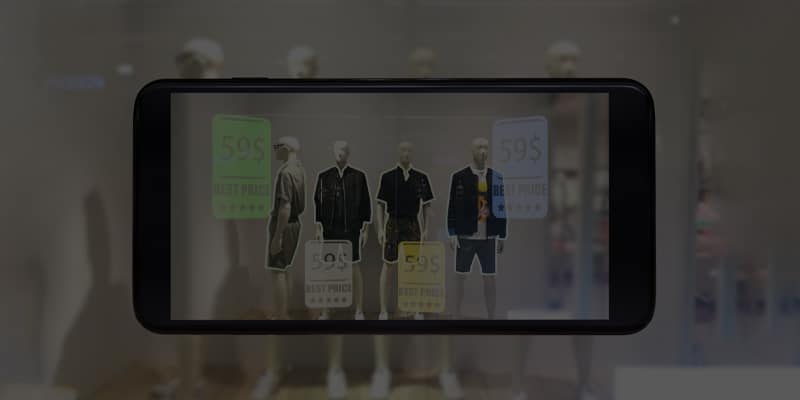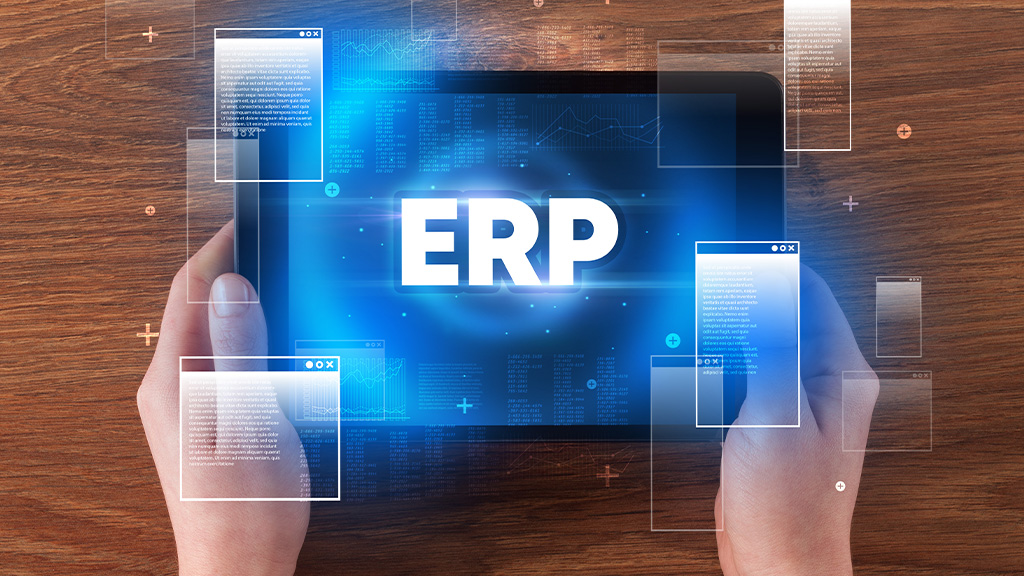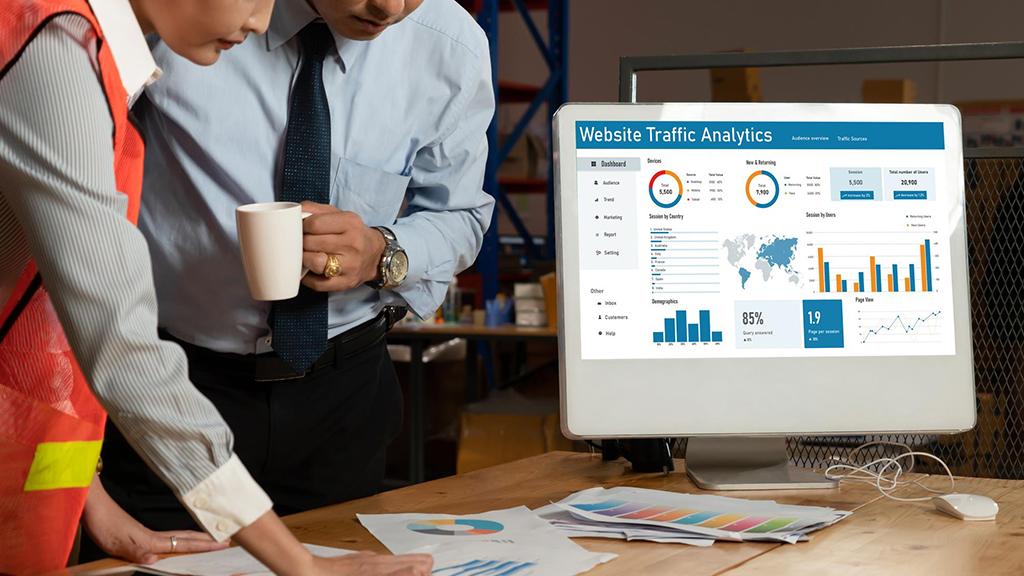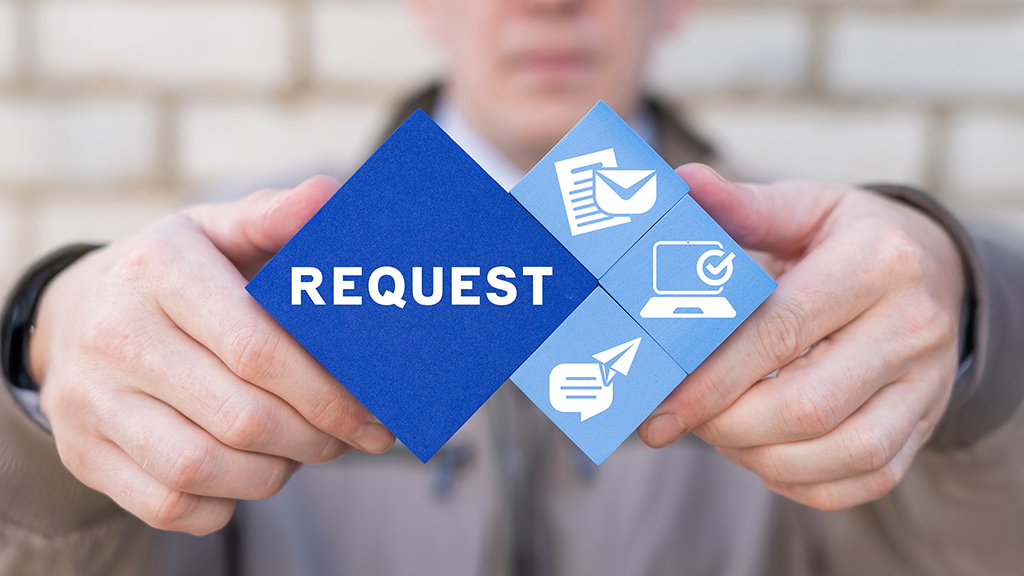Do you ever stop to think why e-commerce is rapidly gaining popularity with retailers as a go-to platform to capitalize on their target audience at the lowest cost? On one hand, computer algorithms have enabled big data analytics to track the entire buying journey of customers at every step of the AIDA funnel: awareness, interest, desire, and action. On the other hand, online retailers can leverage this data to carefully create targeted campaigns for the relevant audience depending on which stage of buying journey a prospective customer is at. Technology, therefore, is irrefutably the key to nurturing customer-business relationships and building brand loyalty.
Luckily, in-store digital transformation is not a distant reality for brick-and-mortar stores anymore which means that traditional retailers can easily bank on data insights to enhance profitability. Thus, technology is essential to enhance the customer journey and business profitability not just for e-commerce but also can go a long way for traditional retail businesses.
As brick-and-mortar businesses adopt digital retail technologies such as integrated POS systems and footfall analytics solutions, they can learn lessons from the e-commerce industry on how to manipulate data to enhance in-store sales and conversion.
There are four basic levels of sales funnel and e-commerce data that are tracked across all stages.
- The top of the funnel includes the discovery and brand awareness stage
- The middle of the funnel focuses on customer interests and purchase considerations
- The bottom of the funnel concentrates on the decision making and conversion stage
- The post-funnel phase is related to customer retention, loyalty, cross-selling, and upselling
From the moment a website visitor lands on the website to the products they explore and the final purchase they make, the customer journey is recorded at every single step.
Similarly, people counting solutions, also known as footfall analytics solutions, can be installed in brick-and-mortar stores to track the customer journey. The solution counts the number of people entering the store, the people who exit the store, the number of people present inside the store at a certain point in time, the people who visit different sections or floors in a store, etc. Insights drawn from this data play a vital role in optimizing store performance as the retailers can analyze which products/stores at what time of the day/month/year attracted the most footfall and how that impacted overall transactions.
Moreover, POS systems can be used to collect as much customer information to match the interest of the individual to the products they have bought. All this data is crucial to running retargeting marketing campaigns to build customer loyalty.
Retargeting to generate brand loyalty
What is it that e-commerce businesses eventually do with the customer data they collect online? The main use of the data comes in the form of retargeted marketing campaigns. A prospect’s journey in the sales funnel is monitored and targeted messages are delivered accordingly to build a desire for the product/service being sold. Likewise, brick-and-mortar stores can use the data collected from visitor activity on the ground to carve out carefully thought-out strategies in order to maximize the conversion in the stores.












